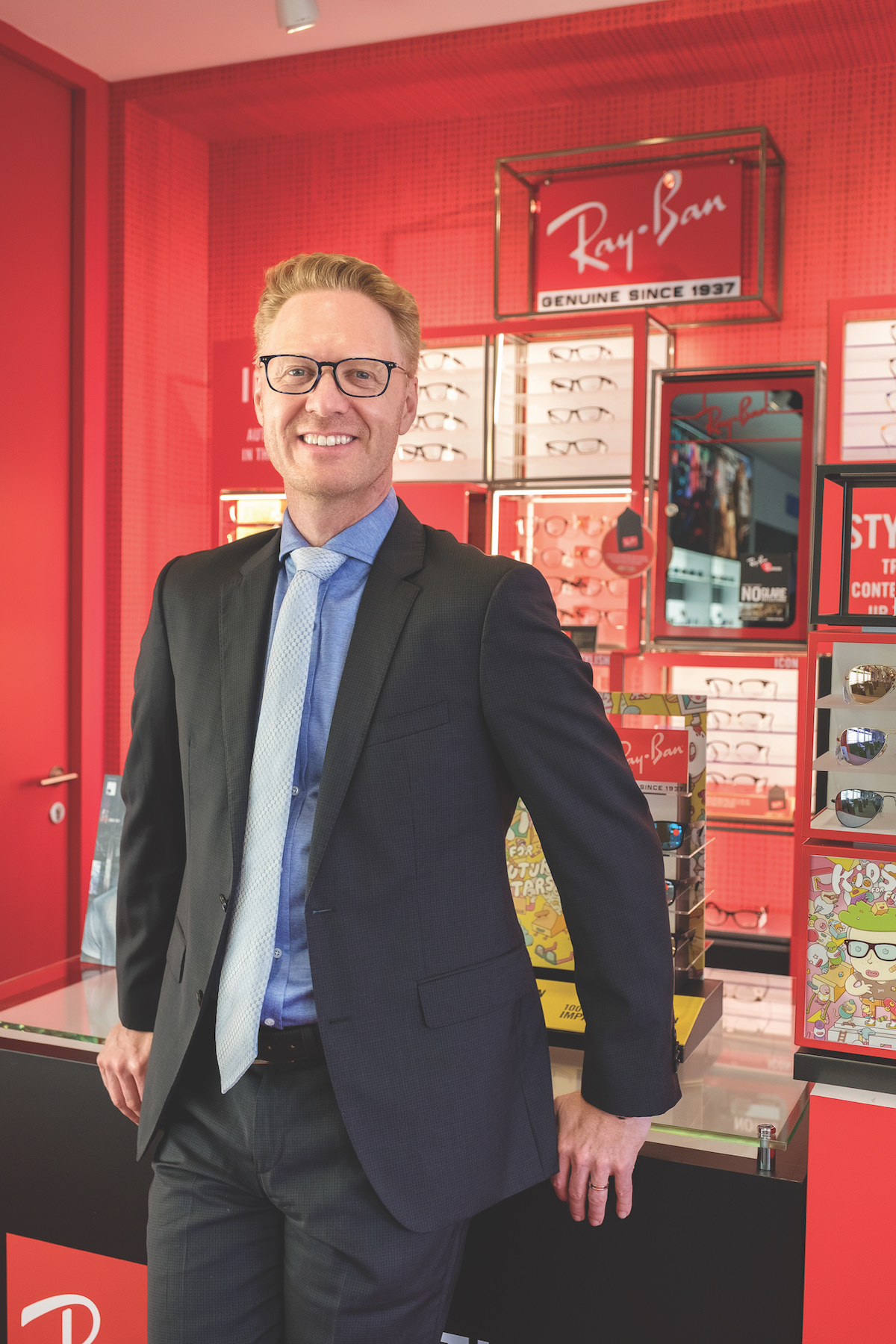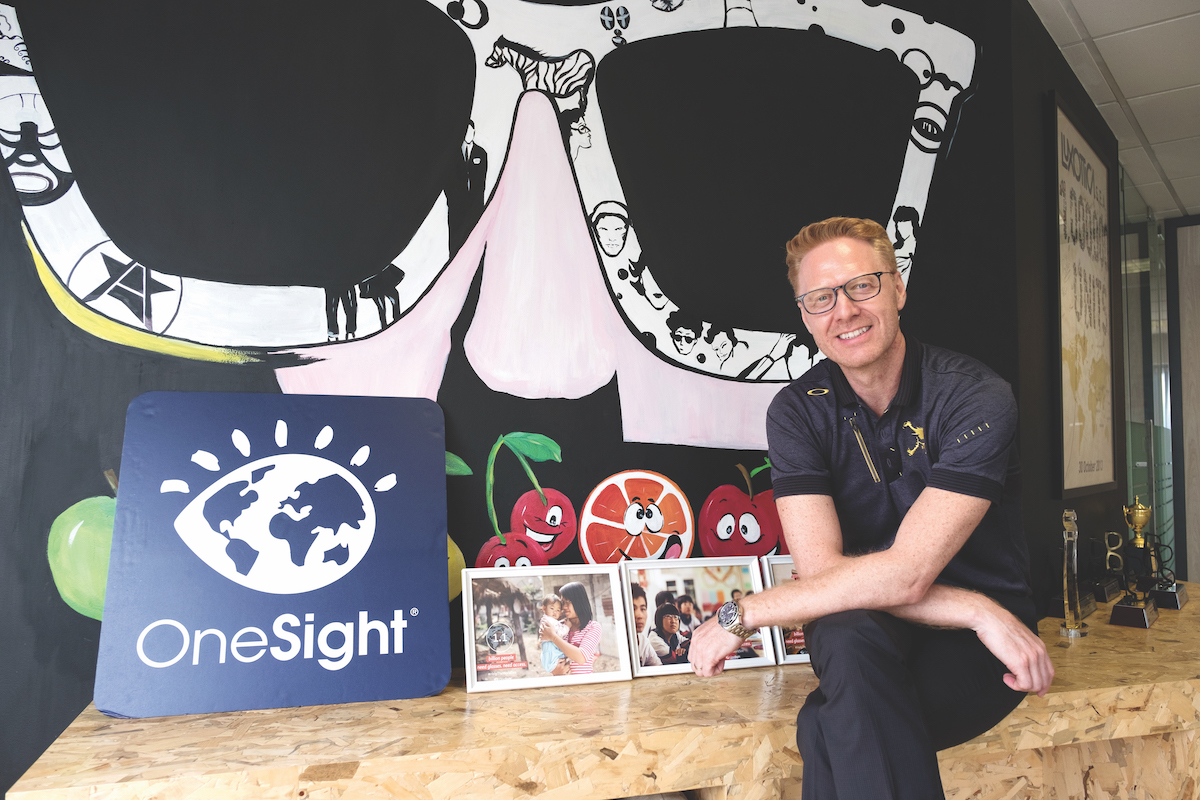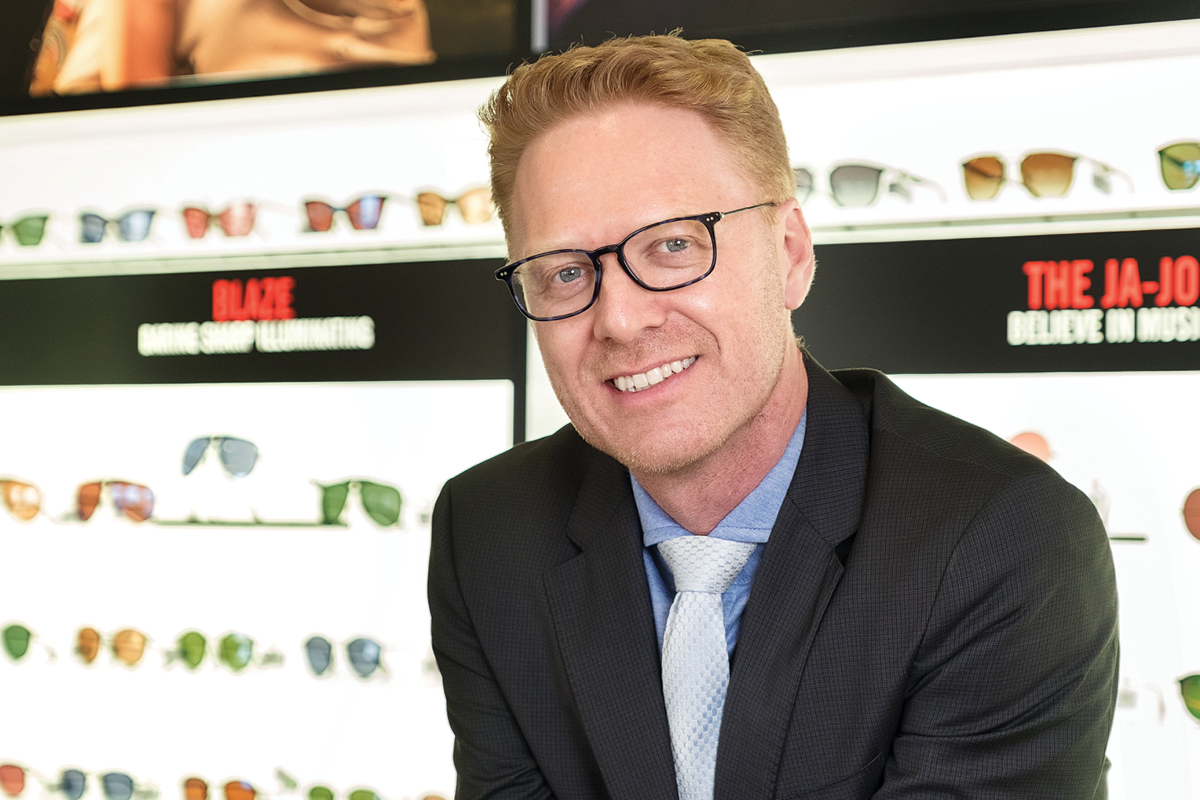It’s one of the classic rags-to-riches tales of the business world. At the age of seven, a young Leonardo Del Vecchio was sent to a Northern Italian orphanage by his widowed mother, herself struggling with too many mouths to feed. Later, he served an apprenticeship in a Milanese tool factory until 1961 when he established his own business supplying parts for spectacles.
Under his direction, this company – Luxottica (ottica is Italian for optics) – would become the largest eyewear company in the world, catapulting him onto the Forbes Billionaire List (where he currently sits at number 50), and earning him a residence in Monte Carlo and the title of Italy’s richest man.
Testaments to his business acumen include the 1999 acquisition of iconic, yet flailing, eyewear brand Ray-Ban, nursing it back to the cult status it enjoyed during the Aviator-wearing Tom Cruise Top Gun heyday. The company was also listed on the New York Stock Exchange in 1990, and later Borsa Italiano in 2000.

At 82, Leonardo is still very much the visionary. After attempting retirement in 2004, he returned to take the reins a decade later, masterminding the merger with French lens manufacturer Essilor, officially announced in January 2017. Forbes predicts that the amalgamation is projected to capture up to 27% of the global eyewear market. “If I’m like Leonardo is at 82, I’ll be very happy,” Claus Skadkjaer laughs.
Claus Skadkjaer establishes a regional footprint
Claus traded in 15 years at Proctor & Gamble to move into the eyewear category when he became Luxottica’s managing director of South East Asia and Hong Kong–Taiwan in 2012. Words like “entrepreneurial”, “passionate” and “visionary” pepper his explanation of why he jumped at the opportunity to join the firm that counts Ray-Ban, Oakley, Persol, Vogue Eyewear, Oliver Peoples, Alain Miki, and Arnette as proprietary brands and produces specs and shades under licence from luxurious labels such as BVLGARI, Chanel, Dolce & Gabbana, and Prada.
“What really attracted me to Luxottica was how the company empowers you to be the decision-maker,” he explains. When he started, Luxottica’s presence in the region was limited, undertaken entirely by a distributor network. “So it was my job to establish a real footprint for the company in the region via setting up subsidiaries,” he says. He admits he found it refreshing to be given a framework as a guide, along with the freedom to decide how he would operate within it.
There is a real trust in your local abilities to do what is right for the business, and I like that a lot.
“There is a real trust in your local abilities to do what is right for the business, and I like that a lot.” Claus and his team now work directly with most of their customers – “which means they have access to the best service that we think this industry can give. Everything from supply chain, to brand development, to staff training, to promotional activities,” he says.
Luxottic’s huge growth potential
Five years in, and Claus admits that the eyewear industry still intrigues him. “Previously, much of my work was centred around beauty care. You realise early on that you can only ask people to wash their hair so many times a day. So it becomes increasingly difficult to increase your market penetration.” Now he’s working in a category that offers huge potential everywhere he looks. “The global population is increasing at an incredible rate and people are living for longer, which means the prospect for organic growth in our industry is huge.”

The statistics back him up. It is believed that around 60% of the world’s population requires some form of vision correction, but less than a quarter have addressed the issue. “A large proportion of those still in need come from this region, where access to eyecare can still be difficult,” he says. “Many people have never had an eye test in their life; [they] have never seen what the world actually looks like.”
He talks animatedly about what he sees as a big opportunity for Luxottica “to pave the way for those in need to go and get an eye test and then, obviously, a pair of glasses.” As the ultraviolet risks become more understood on a global scale, he also acknowledges that the growth potential for sunglasses is “massive”.
Synergy with the fashion industry
But eyewear has much more to offer than simply functionality. “There are very few things that can transform your look like a pair of glasses, so we have an incredible opportunity to open people’s eyes to the fashion possibilities of the category,” he says. “We change our outfits every day, so why do we use the same pair of glasses every day?”
The fashion houses themselves have awoken to the value of including eyewear in their collections. “Most people cannot afford that new Prada dress or handbag, but they still love the brand. One of the most accessible ways to be part of that luxury dream is through a pair of glasses. It’s a lot more affordable than paying $5,000 for a handbag.”
It’s this synergy with the fashion industry that keeps Luxottica’s team of designers in Milan busy. “We basically follow the runway, so we launch three collections every year, the same as the fashion industry,” he explains.
For a man so passionate about glasses, one last question has to be asked. How many pairs of glasses does Claus own? “I change all the time, but right now I have 12.” His favourite? “Ray-Ban’s Aviators. They are classics.” A fitting response from the man leading this iconic name in eyewear in the Asia region.

